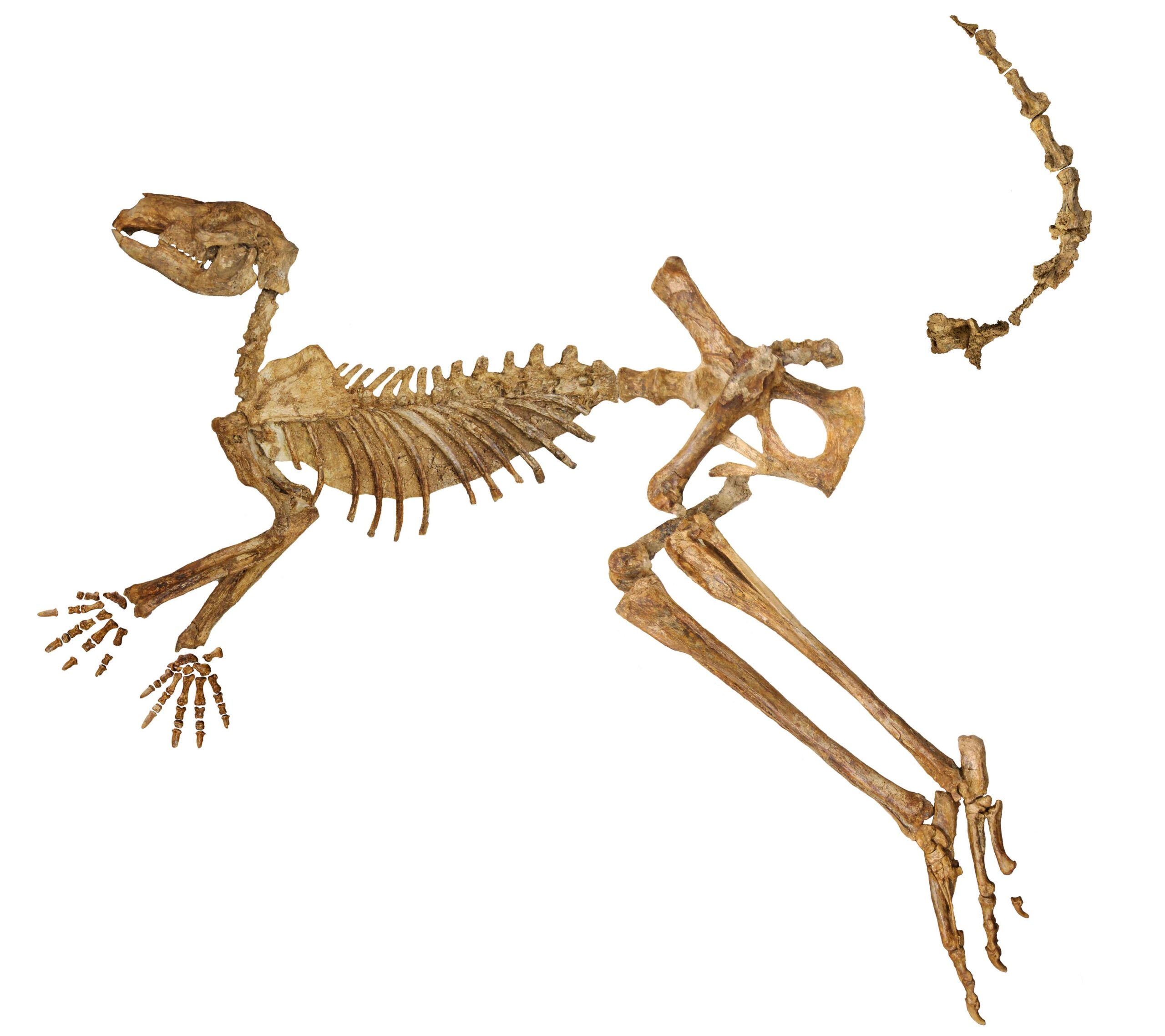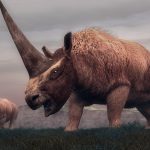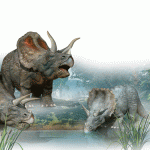
Palaeontologists from Flinders University have described three unusual new species of giant fossil kangaroo.
Over the last decade, a series of discoveries around Lake Callabonna in arid South Australia have yielded multiple complete fossil skeletons of kangaroos, including Protemnodon, an extinct genus that existed in Australia, Tasmania and New Guinea in the Pliocene and Pleistocene.
These fossils allowed lead researcher Dr Isaac Kerr, then a PhD student, to unpick a nearly 150-year-long puzzle around the identities of the species.
The first species of Protemnodon were described in 1874 based on their teeth; these included Protemnodon anak, the specimen for which resides in the Natural History Museum in London. But while Protemnodon fossils have proven fairly common across Australia, they have often been isolated bones, making it hard to separate species and tell them apart.
So for the new study, Dr Kerr visited the collections of 14 museums in four countries and studied “just about every piece of Protemnodon there is”. One previous belief he was able to dispel was that some or all species were quadrupeds.
“Our study suggests that this is true of only three or four species, which may have moved something like a quokka or potoroo,”
he says, “bounding on four legs at times, hopping on two legs at others.”
This scenario fits one of the three new species that Dr Kerr and his team have been able to identify, the newly described Protemnodon mamkurra – “a large but thick-boned, robust kangaroo,” says Dr Kerr. “It may have hopped only rarely, perhaps just when startled.”
The second new species, Protemnodon dawsonae, with fewer fossils, was most likely a mid-speed hopper, something like a swamp wallaby. It was named in honour of Australian palaeontologist Dr Lyndall Dawson, who studied the fossil material from ‘Big Sink’, part of the Wellington Caves in New South Wales, from which the species is mostly known.

Skeleton of Protemnodon viator, estimated at twice the weight of today’s largest Red Kangaroos. (Isaac A. R. Kerr, Flinders University)
But the star discovery is Protemnodon viator, a newly-described species which was much bigger, weighing up to 170kg, around twice as much as today’s red kangaroos. It was a long-limbed ’roo that could hop fairly quickly and efficiently.
By about 40,000 years ago, all Protemnodon were extinct in Australia, maybe lingering a while longer in New Guinea and Tasmania. Yet for reasons unclear, the same did not happen to many similar animals, such as wallaroos and grey kangaroos. This question may soon be answered by further studies that may now be assisted by the new clarification between the species.






